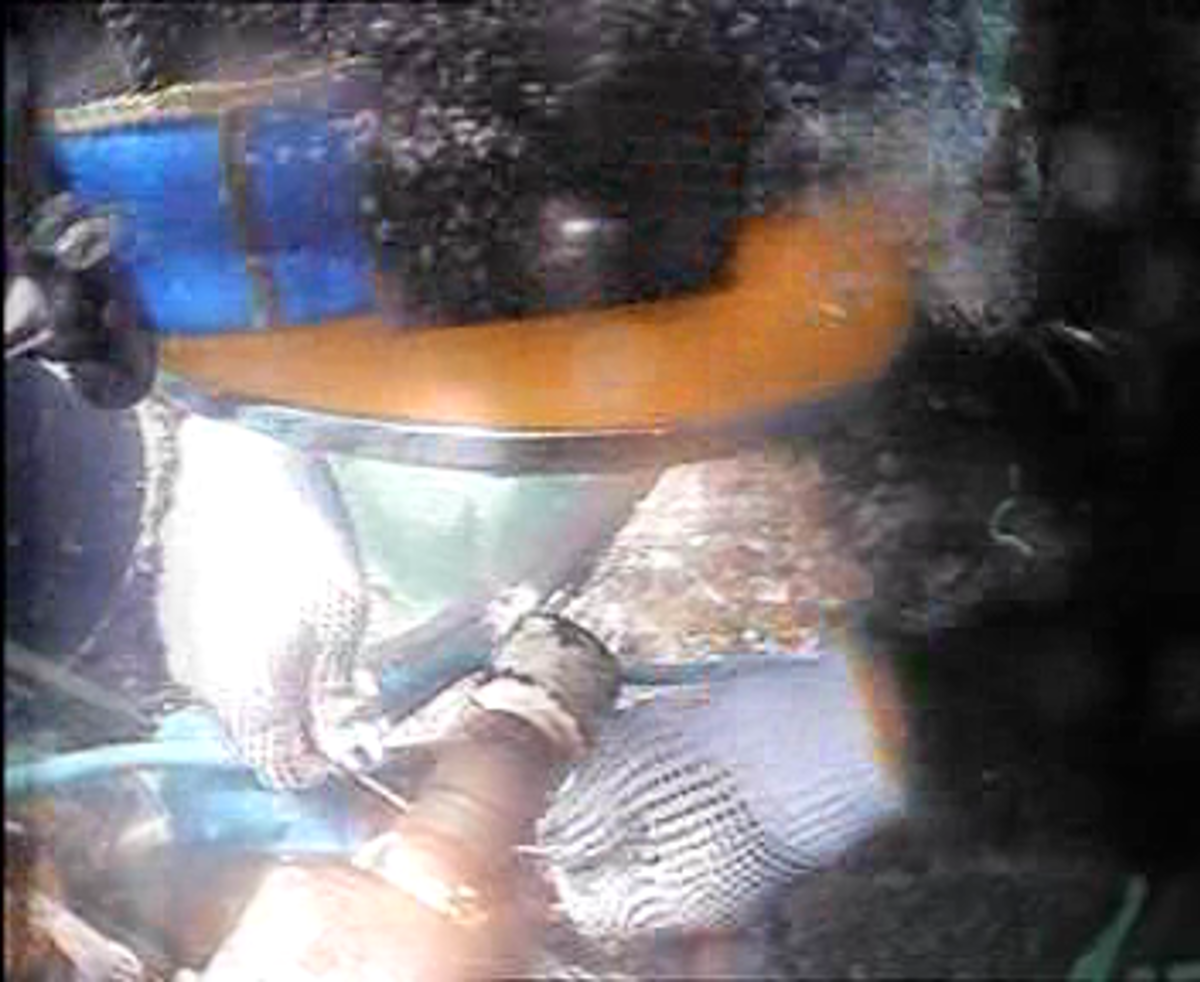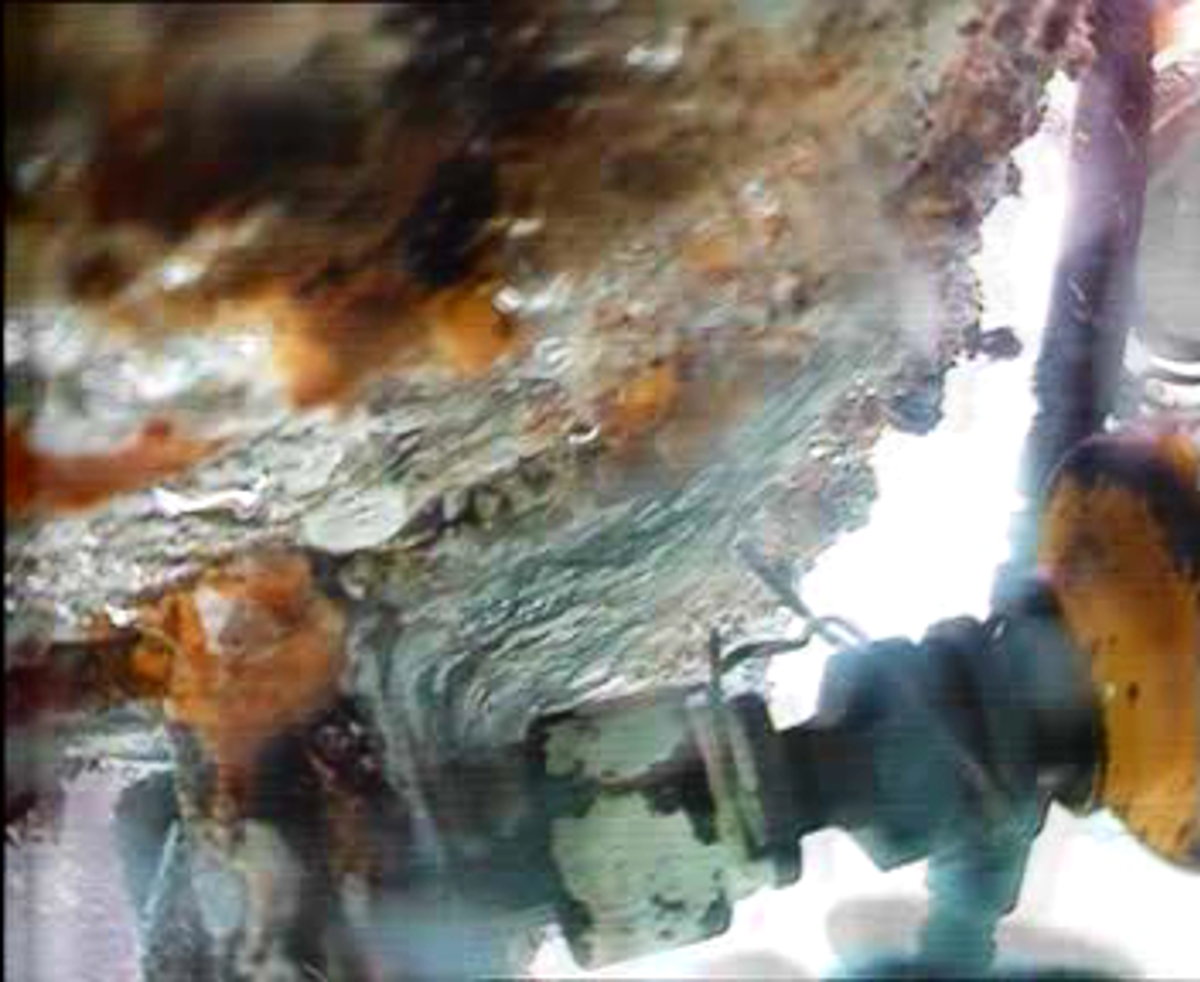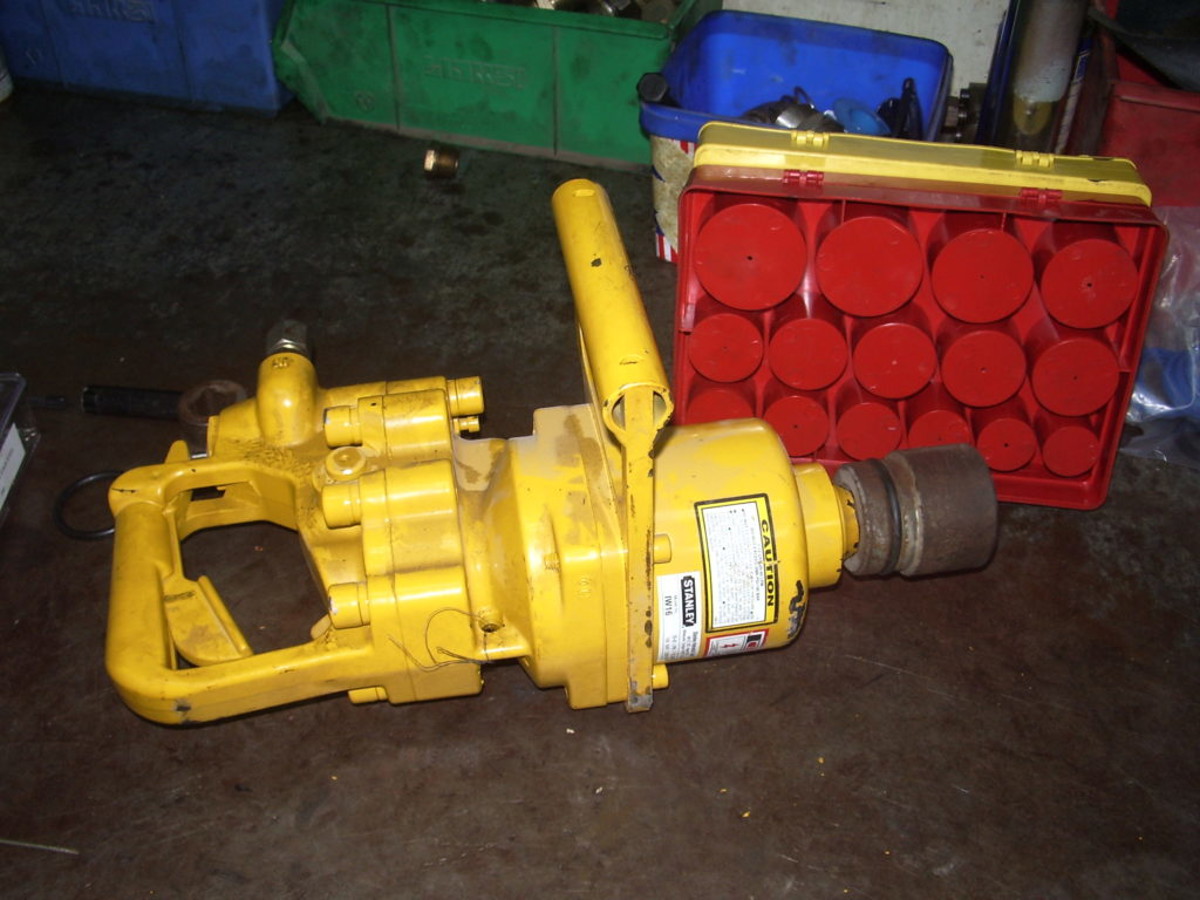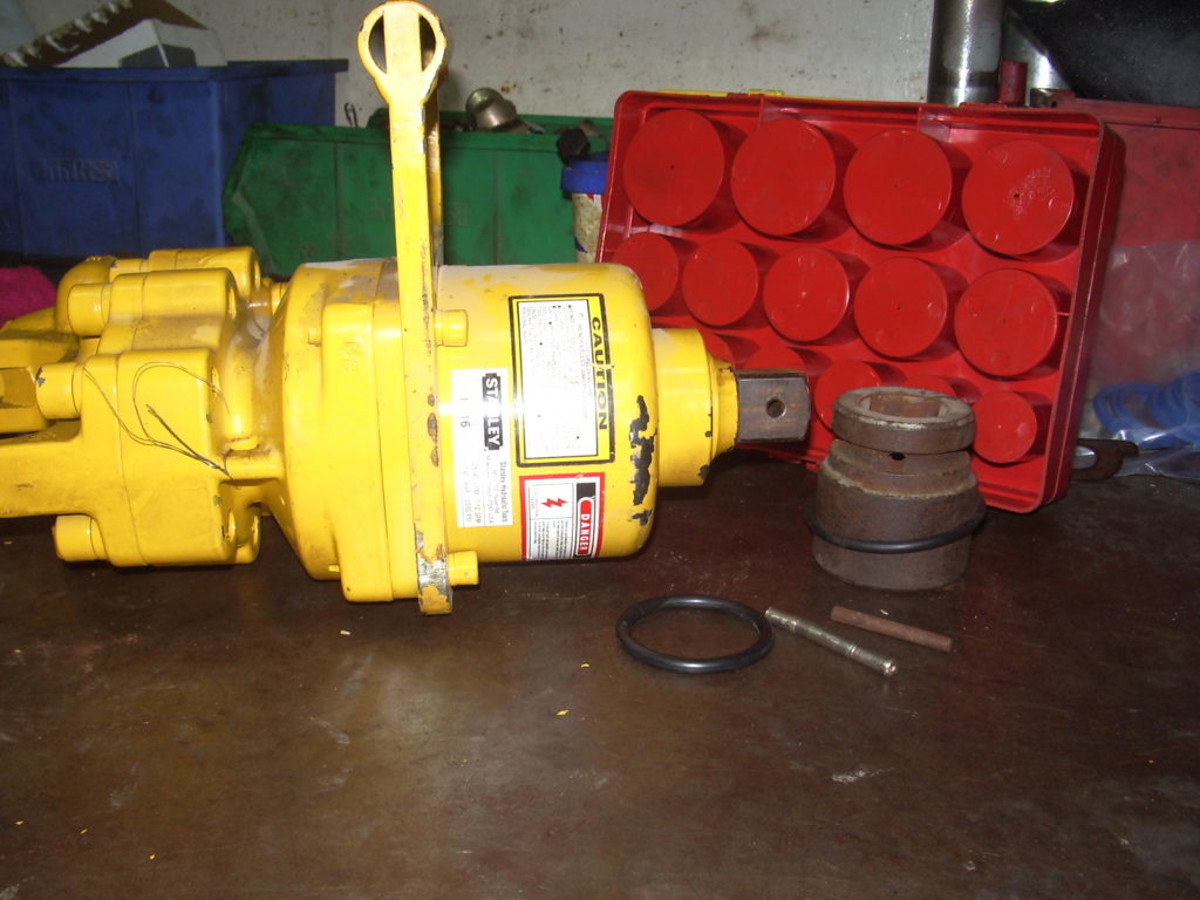Hand injury while using hydraulic impact wrench
- Safety Flash
- Published on 27 July 2011
- Generated on 15 July 2025
- IMCA SF 08/11
- 2 minute read
Jump to:
A Member has reported an incident in which a diver sustained a cut injury to his left hand palm whilst working with a hydraulic impact wrench.
What happened?
A team of two divers was engaged in removing bolts of an old riser clamp at shallow depths. During one such bolt removal, when the first diver held the wrench’s trigger handle using one hand, the wrench socket came off from the bolt and the wrench began to fall. He attempted to prevent the wrench from falling to the seabed, and whilst doing so, his left hand came in contact with the rotating/revolving socket, and the socket retaining pin (makeshift welding rod) cut the palm of his left hand.
The diver was safely and promptly recovered to surface and provided with first aid. Then he was sent to the doctor for further evaluation. He resumed duty on the same day.
What were the causes?
Investigation revealed that a long welding rod twisted around the socket had been used as a retaining pin to prevent the socket from falling off during use. This practice was considered ‘normal’.

use of welding rod as a retaining pin

use of welding rod as a retaining pin
Actions
The following actions were taken to prevent recurrence:
- As advised by the manufacturer, use of the correct size and length of retaining pin, covered by an O-ring, to secure the socket.

correct size and length of retaining pin to secure the socket

correct size and length of retaining pin to secure the socket
IMCA Safety Flashes summarise key safety matters and incidents, allowing lessons to be more easily learnt for the benefit of the entire offshore industry.
The effectiveness of the IMCA Safety Flash system depends on the industry sharing information and so avoiding repeat incidents. Incidents are classified according to IOGP's Life Saving Rules.
All information is anonymised or sanitised, as appropriate, and warnings for graphic content included where possible.
IMCA makes every effort to ensure both the accuracy and reliability of the information shared, but is not be liable for any guidance and/or recommendation and/or statement herein contained.
The information contained in this document does not fulfil or replace any individual's or Member's legal, regulatory or other duties or obligations in respect of their operations. Individuals and Members remain solely responsible for the safe, lawful and proper conduct of their operations.
Share your safety incidents with IMCA online. Sign-up to receive Safety Flashes straight to your email.